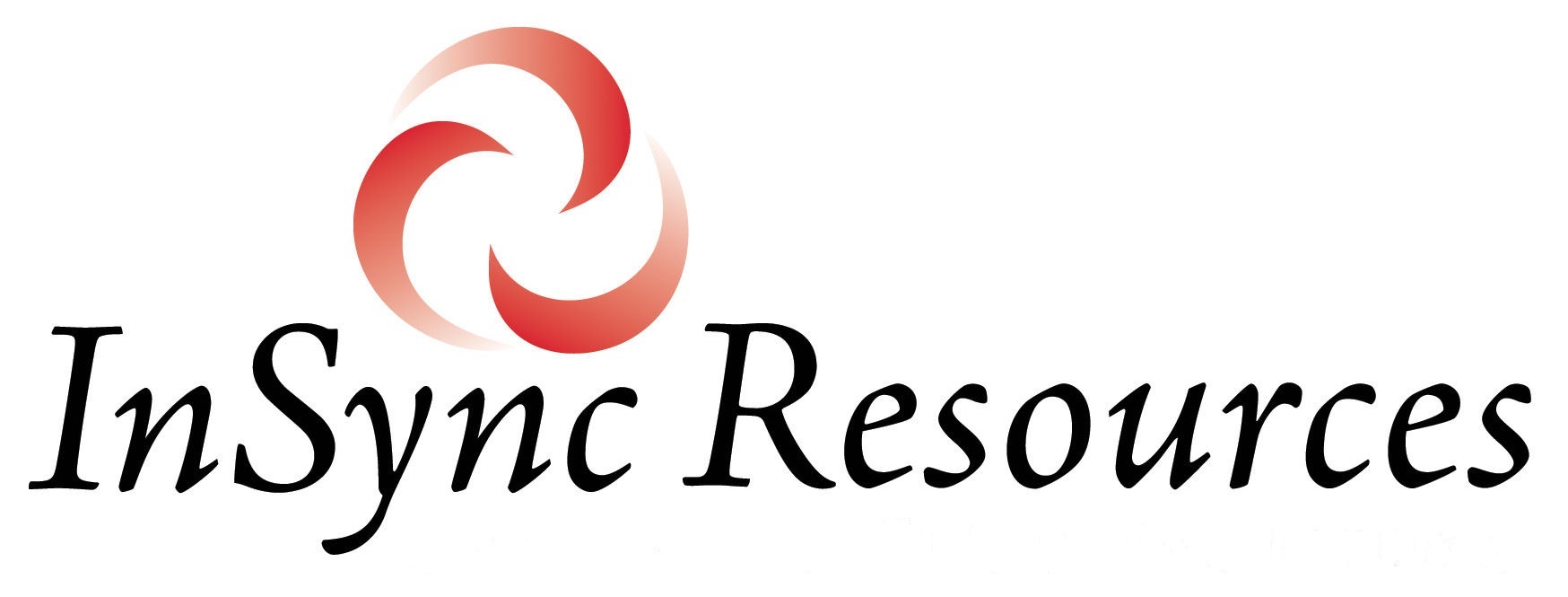
Yes, what you’ve heard is true. It is always best to tweak your resume and target it to match a job posting. It’s actually pretty easy to do, maybe easier than you think – that is, if you use the strategy below.
Primary Resume
Before you figure out how to target your resume for a specific job posting, you should first create a core or main resume designed to attract your ideal job.
This is the resume you’re comfortable sending to friends and family so they can circulate it for you. Because it might end up in the hands of unknown possible employers, this primary version of your resume needs to be optimized to attract the ideal. It needs to show the main expertise you have that you love doing/using.
Also keep in mind that you can easily change the way you present yourself on a resume, but an online profile is static. If you’re using LinkedIn or other online profile sites, your profile needs to position you to attract the ideal job as well, and your primary resume serves as the source information for your online profile.
Once you’ve created your primary resume, you’re ready to use it as a launching point. You can tweak it to better target specific job postings.
Job Posting Analysis
Targeting your resume begins with a quick analysis of the job posting. Look for items that are apparently most important to the employer.
Here’s how you’ll know which items are important to the employer:
- They will be specifically mentioned in the role summary, if one is included, at the top of the posting.
- They will make up the first few bullets in bulleted lists (such as the job duties and qualifications lists).
- You’ll see them being repeated frequently throughout the posting.
Targeting Elements
Once you’ve identified the most important items in the job posting, you can make modifications within the following elements to be sure these items are reflected in your resume.
Your Headline
If you’re using a headline on your resume that includes multiple titles or functional areas of expertise, you can rearrange the order (which one appears first), or you might exchange what you have with a title or function that matches the job posting more closely.
Your Positioning Statement
When using a traditional positioning statement to begin your summary section, you can easily change it to target your resume. Let’s say your positioning statement says something like “Marketing Manager with x, y, and z experience.” If you’re applying for a “Senior Marketing Manager” job, you could easily change your positioning statement to match. And if the posting indicates that the most important expertise area is your experience in “z,” you can rearrange it to say “Senior Marketing Manager with z, x, and y experience.”
Your Keywords
Recruiters and hiring managers search for certain words and phrases that we call keywords on your resume that help them to see if you’re a possible match. You’ll want to mirror the skills requirements of the job in your resume. This can be a subtle thing like incorporating the employer’s terms. For example, if they use the term “customer,” and your resume uses the term “client,” be sure to include “customer” at least once somewhere in your resume. However, a more straightforward method is to include important terms as a keywords list in your resume’s summary section, labeling it something like “Core Competencies” or “Key Skills.”
Your Accomplishments
The most effective resumes include some accomplishment/impact statements. You not only state your abilities and qualifications, but you also demonstrate those abilities and qualifications with specific examples. Whether you’re putting these statements into a designated “career highlights” section or within the experience section, you can add, replace, or reorder relevant accomplishments from your background to better target a specific job opening.
(Optional) Your Job Descriptions
Since the experience section should contain streamlined job descriptions that summarize the overall scope of each role, it’s usually not necessary to modify anything here. On the other hand, you could decide to mirror keywords and/or better match the employer’s terms (like in the customer or client example). You might also find it useful to tweak and/or reorder certain details to emphasize and better reflect what’s in the job posting.
Final Thoughts… Recruiters
If you’re following the strategy of using a primary resume as a starting place and tweaking it to target it to specific jobs, then you should be good to go. But there are a couple of extra points worth mentioning.
Beware of straying too far from your primary message whenever you’re targeting your resume. While reviewing your resume, recruiters will typically try to find any profiles you have online. Therefore, it’s important that you don’t present a confusing message about yourself.
And, yes, recruiters do expect you to modify your resume to better match job descriptions. In fact, many of them will outright ask you to modify your resume in certain ways before they present you to hiring managers. And now you’ll know how to give them what they need to maximize your chances of being considered a strong contender for the job.
